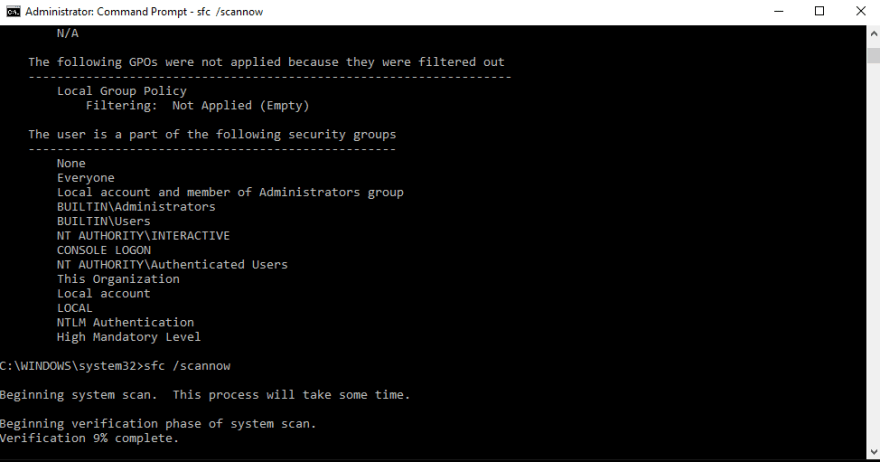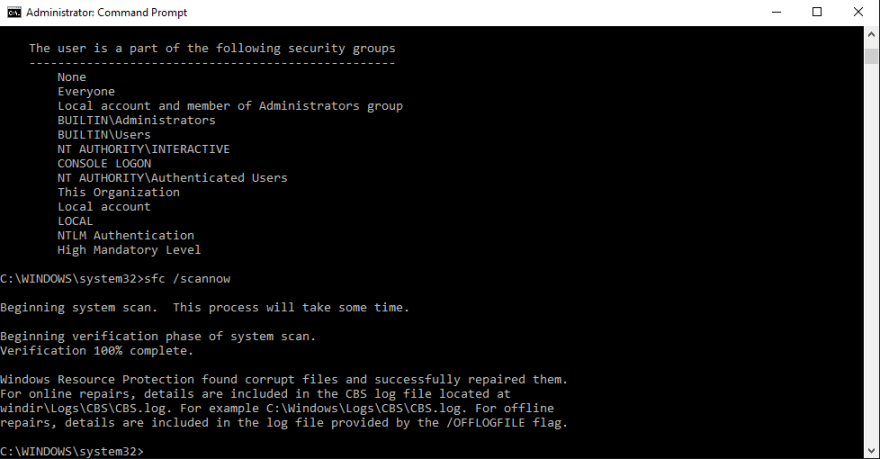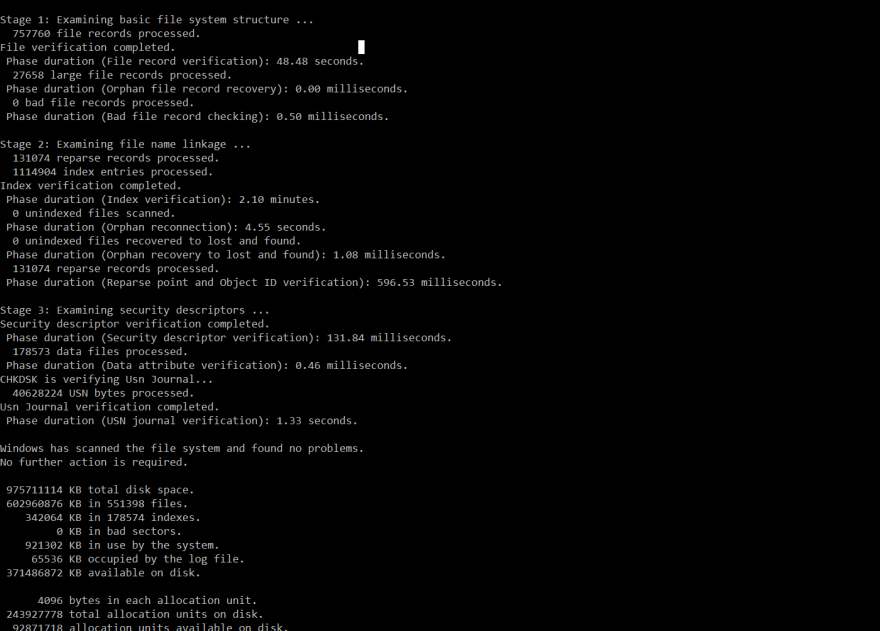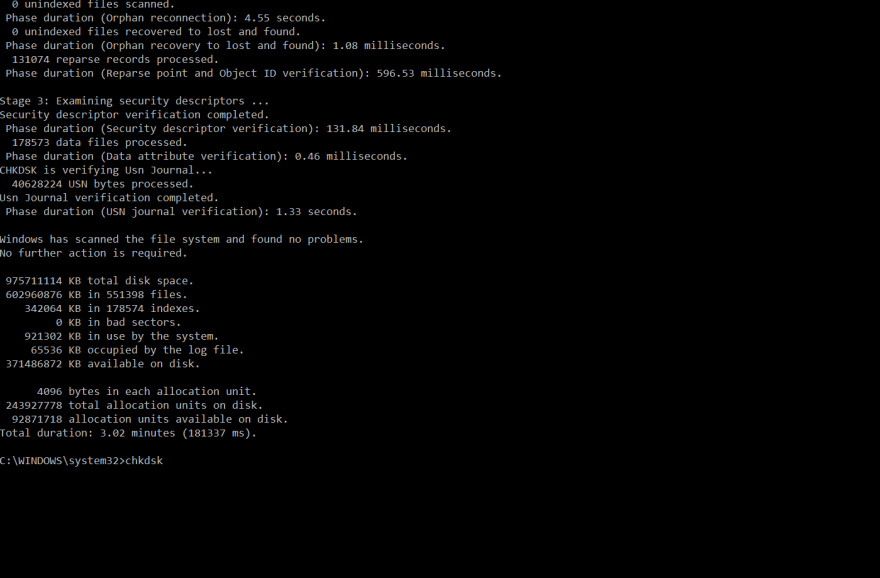NOTE: RUN THE CMD PROGRAM AS ADMINISTRATOR
The first command we have on our list is sfc standing for System File Checker, is a command that will look into the system protect files and make sure they aren't corrupted or out-of-date, if sfc does find corrupted files, or files with incorrect versions, it will then replace the files with the current Microsoft up-to date versions. The most basic usage of this command would be sfc /scannow
Oops! sfc found corrupt files, but if you notice sfc was able to repair them.
The second command we have on our list would be dism, also known as Deployment Image Servicing, dism does the same thing as sfc but in a more in depth way, by installing, uninstalling, configuring, packing and updating features in a windows image. It will find the version of windows that's on the current computer and compare it to the Microsoft official website version. dism /online /cleanup-image /restorehealth
The last command we have on our list is the chkdsk, which stands for check disk is used to check a disk and repair or recover data on a drive. If any sectors are found to be bad, chkdsk will mark it down as "bad".
Now chkdsk ran by itself won't fix any bad sectors, but if we add a flag such as chkdsk /f, /f meaning /f = Fixes errors on the disk it will then go into the drive and fix the bad sectors.
Thanks fore reading
Kenji







Top comments (0)